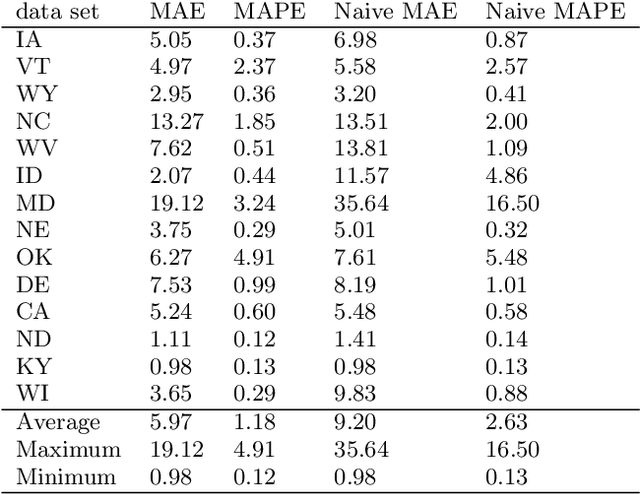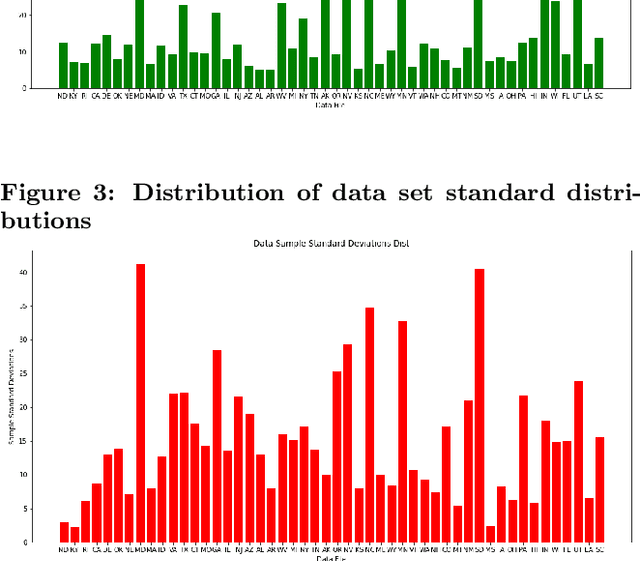Langston Nashold
USat: A Unified Self-Supervised Encoder for Multi-Sensor Satellite Imagery
Dec 02, 2023



Abstract:Large, self-supervised vision models have led to substantial advancements for automatically interpreting natural images. Recent works have begun tailoring these methods to remote sensing data which has rich structure with multi-sensor, multi-spectral, and temporal information providing massive amounts of self-labeled data that can be used for self-supervised pre-training. In this work, we develop a new encoder architecture called USat that can input multi-spectral data from multiple sensors for self-supervised pre-training. USat is a vision transformer with modified patch projection layers and positional encodings to model spectral bands with varying spatial scales from multiple sensors. We integrate USat into a Masked Autoencoder (MAE) self-supervised pre-training procedure and find that a pre-trained USat outperforms state-of-the-art self-supervised MAE models trained on remote sensing data on multiple remote sensing benchmark datasets (up to 8%) and leads to improvements in low data regimes (up to 7%). Code and pre-trained weights are available at https://github.com/stanfordmlgroup/USat .
Using LSTM and SARIMA Models to Forecast Cluster CPU Usage
Jul 16, 2020



Abstract:As large scale cloud computing centers become more popular than individual servers, predicting future resource demand need has become an important problem. Forecasting resource need allows public cloud providers to proactively allocate or deallocate resources for cloud services. This work seeks to predict one resource, CPU usage, over both a short term and long term time scale. To gain insight into the model characteristics that best support specific tasks, we consider two vastly different architectures: the historically relevant SARIMA model and the more modern neural network, LSTM model. We apply these models to Azure data resampled to 20 minutes per data point with the goal of predicting usage over the next hour for the short-term task and for the next three days for the long-term task. The SARIMA model outperformed the LSTM for the long term prediction task, but performed poorer on the short term task. Furthermore, the LSTM model was more robust, whereas the SARIMA model relied on the data meeting certain assumptions about seasonality.
 Add to Chrome
Add to Chrome Add to Firefox
Add to Firefox Add to Edge
Add to Edge